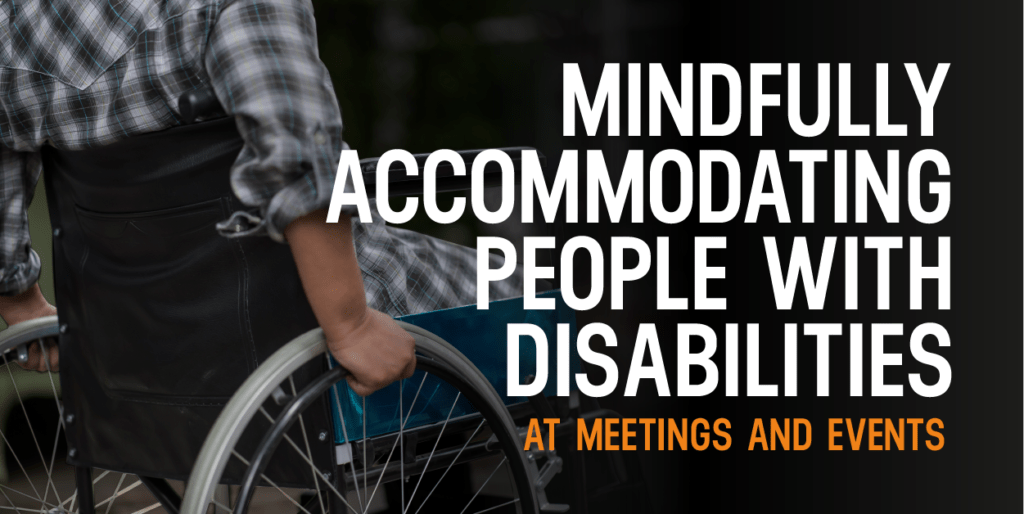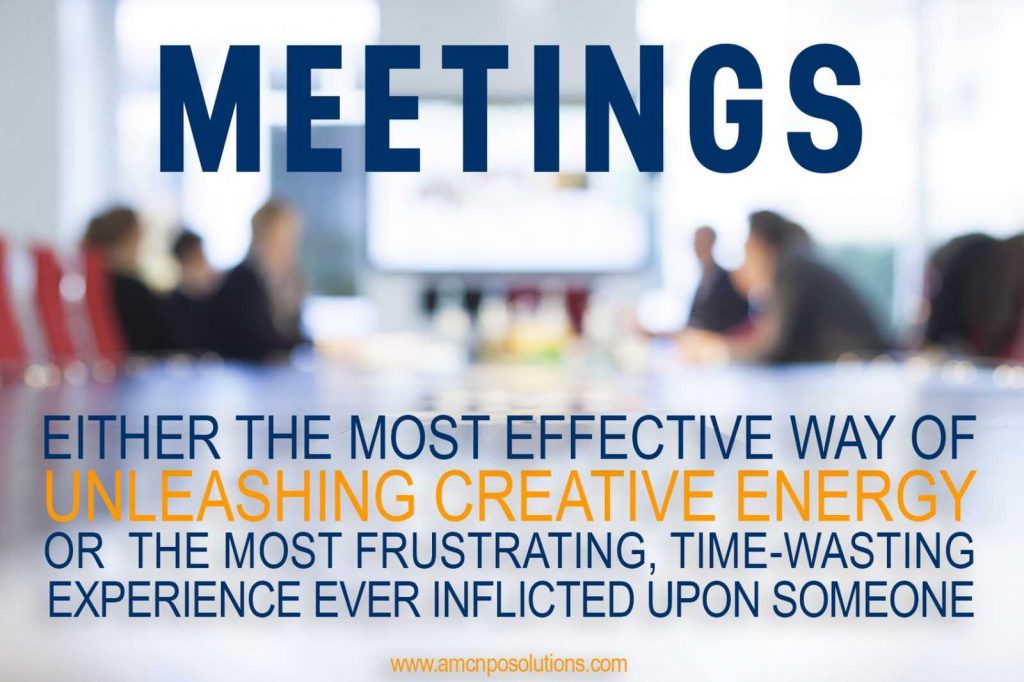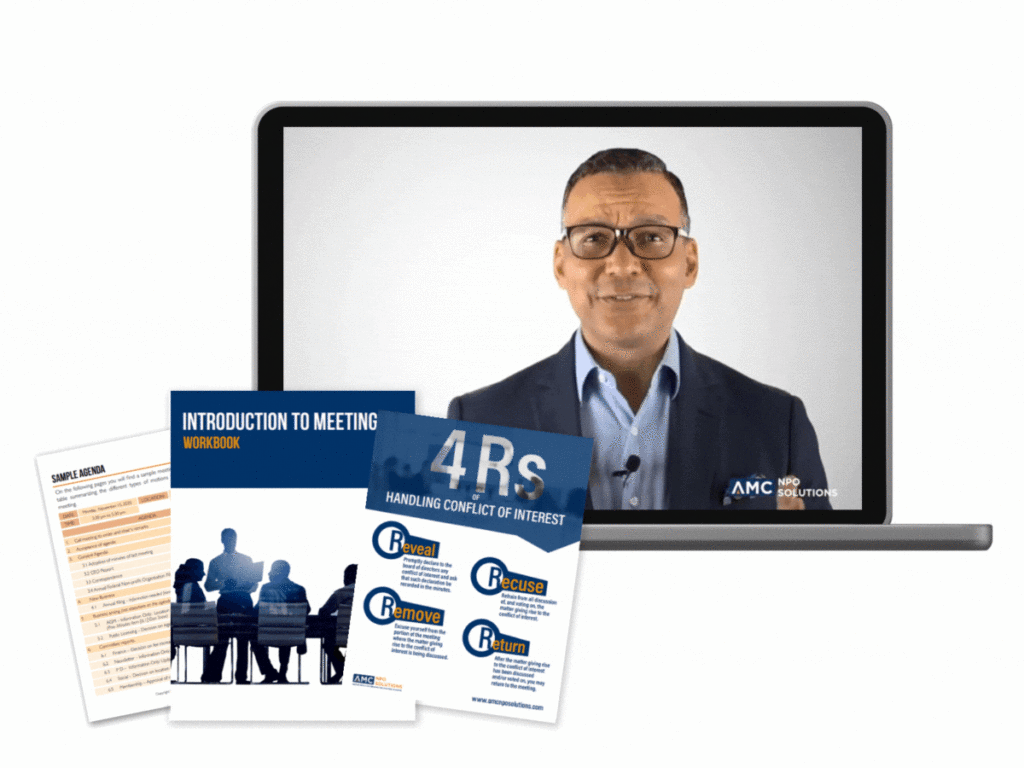
Ensuring your attendees are comfortable, included, and cared for regardless of their needs is your priority and primary responsibility as a leader. Considering accommodations for those with needs must be at the forefront of every planning process for every meeting, which is why we’ve compiled a guide of best practices for you to apply across your future meetings.
Also read:
- Ultimate Robert’s Rules of Order Cheat-Sheet for Boards
- Nonprofit Website Accessibility Advice, Guidelines & Best Practices
- The Role Of The Board Chair At Meetings
- How To Take Board Meeting Minutes: The Nonprofit Guide
1. Collect Information Beforehand
Begin your accessibility planning by creating a way for your attendees to communicate their needs with you to ensure avoidable obstacles don’t hinder their experience. Simply provide all of your guests with an opportunity to say if any accommodations could benefit them.
Once you’ve compiled the requirements, it’s customary to have a quick conversation with each person. Assuring them you’re going to provide the best accommodations and support them to the best of your abilities.
Examples of requirements you may receive:
- A sign language interpreter.
- Materials printed in braille.
- Wheelchair accessibility.
- Accessible transport to and from the meeting.
Also read: How To Run Nonprofit Board Meetings That Engage & Inspire
2. Inform and Educate
Those working in your organization must understand the importance of accommodating specific needs; ensure they’re aware of accessibility issues when creating presentations and handouts.
For instance, if you have several visuals in your slideshow, prepare an explanation for each. It’ll aid your guests in feeling included and ensure they don’t miss a detail.
3. Consider Seating & Dining
On the occasion that dining is an aspect of the event, it’s essential to consider wheelchair users regarding space. Inclusion is always your priority, so never seat a wheelchair guest at the back of the room for ease – you must offer them a choice of seating preference.
However, to do this, you’ll need to make sure that a wheelchair has room to travel between tables. To do this, it’s preferable to always have a fold-up wheelchair on hand to test drive the paths when setting up.
Lastly, it’s always helpful to have a designated member on staff to help wheelchair users find a table – it can be hard to see empty spaces from a low viewpoint. Once settled in, the attendee can refer to them for further support if necessary.
4. Get Feedback and Input
When planning future meetings, develop them around the feedback you receive from attendees. It’s a perfect opportunity to determine how you can improve, what didn’t work, and what exceeded expectations. Consulting your guests on your plans will also ensure that you haven’t missed any challenges or obstacles – so you can be sure everyone is included.
Final Thoughts: Running productive meetings and events
A meeting can be the most effective way of unleashing the creative energy, imagination, and hands-on ability of volunteers and staff. Or a meeting can be the most ineffective, time-wasting frustrating experience ever inflicted upon volunteers and staff.

Something we’ve learned over the years is that the problem isn’t the meeting itself. The problem is the organizer and the participants. With this quote on meetings, we would like to take the opportunity to announce the upcoming launch of our online e-learning platform for the not-for-profit industry. Our first course will be on meetings. Because, when done right, meetings can be the most effective way of unleashing the creative energy, the imagination, and the hands-on ability of volunteers and staff.
Master the entire process of running nonprofit board meetings
Stop the confusion, conflict and chaos of “bored” meetings.
Our online course makes it fast and easy to train new board members on the dos and don’ts of meetings.
You will learn:
✓ The role and responsibilities of the Chair at meetings
✓ What is expected of the participants at meetings
✓ How to manage the meeting so everything runs smoothly
✓ How to create and follow the meeting agenda
✓ What to include in your meeting minutes
✓ How to avoid conflict of interest at meetings

